Celebrating the Golden Waves of Radio Broadcasting
On National Radio Day, we celebrate the medium that has been a companion, informer, entertainer, and occasional static generator in our lives. Radio broadcasting, with its crackling airwaves and familiar voices, has been a cornerstone of communication for over a century. Whether you’re reminiscing about your own days behind the microphone or simply appreciating the role radio has played in shaping our culture, this day is all about the love of radio.
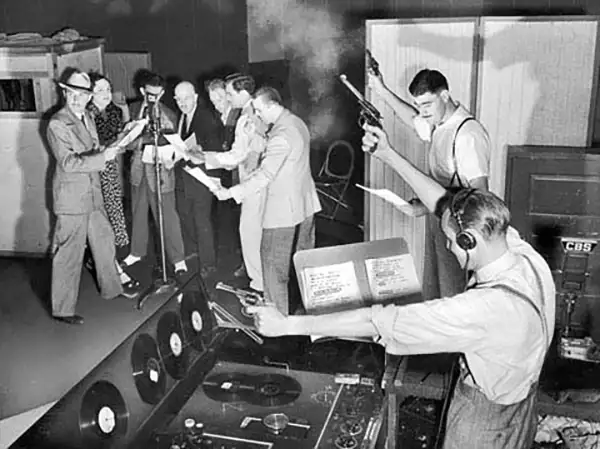 The Birth of Radio Broadcasting
The Birth of Radio Broadcasting
Radio broadcasting didn’t just pop out of nowhere; it resulted from years of experimentation, technological breakthroughs, and a little bit of luck. The concept of transmitting sound over long distances without wires was revolutionary in the late 19th and early 20th centuries.
The journey began with the invention of the radio by Guglielmo Marconi, an Italian inventor who is often credited with pioneering wireless communication. In 1895, Marconi successfully sent and received radio signals over a mile away, a feat that would lay the groundwork for what we now know as radio broadcasting. By 1901, Marconi had transmitted the first transatlantic radio signal, proving that radio waves could travel incredible distances, even across oceans.
However, it wasn’t until the 1920s that radio broadcasting truly began to take off. The first commercial radio station, KDKA in Pittsburgh, made its debut in 1920, airing the results of the U.S. presidential election. From there, radio quickly became a household staple, with families gathering around their sets to listen to news, music, and serialized dramas.
The Golden Age of Radio
The 1930s to the 1950s are often referred to as the Golden Age of Radio, a tie when radio was the dominant form of entertainment in homes across the world. This era saw the rise of iconic radio shows, from the suspenseful thrills of The Shadow to the hilarious antics of The Jack Benny Program. These programs brought drama, comedy, and even horror into living rooms, often leaving listeners on the edge of their seats or rolling in laughter.
Radio was also a powerful tool for news dissemination. During World War II, families would huddle around the radio to hear the latest updates from the front lines. The voice of Edward R. Murrow, reporting from London during the Blitz, became synonymous with trusted news, creating an intimate connection between broadcasters and listeners that television could never quite replicate.
For those who worked in radio, this was a time of magic. Broadcasters were the unseen stars, wielding their voices to create worlds, inform the public, and entertain millions. It was a profession that required a blend of creativity, quick thinking, and a voice that could captivate an audience. If you were one of those voices, you knew the thrill of flipping the switch, knowing that your words were traveling across the airwaves, reaching people far and wide.
Radio’s Resilience
With the advent of television in the 1950s, many predicted that radio would fade into obscurity. After all, who would want to listen to a show when they could watch it? But radio, ever the resilient medium, adapted and evolved. Rather than disappearing, it found new life in music, talk shows, and news radio.
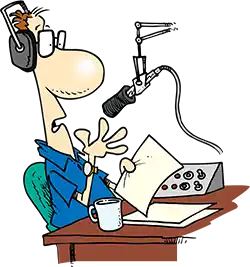 The 1960s and 70s saw the rise of FM radio, offering higher sound quality and the perfect platform for the burgeoning music scene. Radio became the go-to source for discovering new music, with legendary DJs like Wolfman Jack and Casey Kasem guiding listeners through the latest hits. The rise of Top 40 formats, talk radio, and sports broadcasting ensured that radio remained relevant, even as other forms of media emerged.
The 1960s and 70s saw the rise of FM radio, offering higher sound quality and the perfect platform for the burgeoning music scene. Radio became the go-to source for discovering new music, with legendary DJs like Wolfman Jack and Casey Kasem guiding listeners through the latest hits. The rise of Top 40 formats, talk radio, and sports broadcasting ensured that radio remained relevant, even as other forms of media emerged.
For those who had spent time in the radio booth, this was a period of change and adaptation. The shift from AM to FM, the introduction of new formats, and the increasing competition from other media meant that radio broadcasters had to stay on their toes. But the core of the job remained the same: connecting with listeners, whether through music, news, or conversation.
The Modern Radio Landscape
Today, radio broadcasting is more diverse than ever. Traditional AM and FM stations still thrive, but the rise of digital radio, satellite radio, and podcasts has expanded the reach and influence of the medium. Listeners now have access to a staggering array of content, from niche music genres to in-depth interviews, comedy shows, and true crime stories.
Podcasts, in particular, have revitalized the art of audio storytelling. With the ability to listen on demand, podcasts offer a new way for broadcasters to reach audiences. Whether it’s a former radio host starting their own podcast or a new generation of creators discovering the power of audio, the spirit of radio lives on in this new format.
For those who once manned the microphone in a traditional radio station, the world of podcasts might feel both familiar and foreign. The technology has changed, but the essence of the job—crafting compelling audio content—remains the same. And while you might not have to worry about dead air or hitting your marks for a live broadcast, the challenge of keeping an audience engaged is as real as ever.
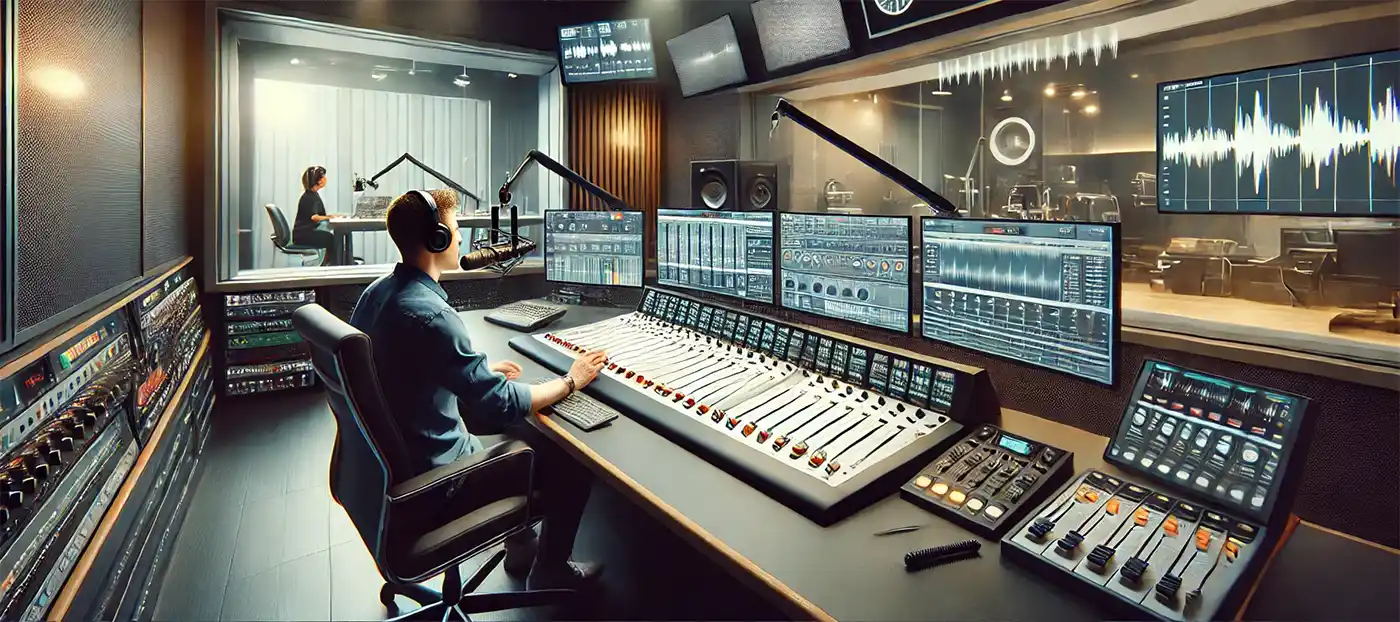
The Magic of the Airwaves
So, why does radio endure in a world of streaming services, social media, and on-demand everything? The answer lies in its simplicity and intimacy. Radio is personal—it’s just you and the voice on the other end, creating a connection that’s hard to replicate with other media. Whether you’re driving to work, cooking dinner, or just relaxing at home, radio has a way of fitting into your life seamlessly.
There’s also the thrill of the unknown with live radio. Anything can happen—a caller might say something unexpected, a song might skip, or a breaking news story might change the course of a broadcast. That unpredictability, coupled with the immediacy of live radio, keeps it exciting for both broadcasters and listeners alike.
And for those who’ve worked in radio, there’s a deep sense of nostalgia. The memories of late-night shifts, the smell of the studio, the adrenaline rush of going live—these are experiences that stay with you long after you’ve left the booth. National Radio Day is a time to reflect on those moments and celebrate the impact that radio has had on our lives.
How to Celebrate National Radio Day
National Radio Day is the perfect opportunity to indulge in your love for radio, whether you’re a lifelong listener or a former broadcaster looking to relive the glory days. Here are some ways to celebrate:
- Tune In: Take a break from your usual playlist and tune into a local radio station. Whether it’s talk radio, a music station, or a community broadcast, let yourself be surprised by what’s on the air.
- Listen to a Classic Show: Many classic radio shows are available online or through streaming services. Revisit an old favorite or discover a show from the Golden Age of Radio.
- Support Local Radio: Consider donating to a local or community radio station. These stations often rely on listener support to keep broadcasting and provide a valuable service to their communities.
- Start Your Own Broadcast: If you’ve ever worked in radio, National Radio Day is a great time to dust off your microphone and start your own podcast or internet radio show. Share your voice and connect with listeners in a new way.
- Share Your Story: If you have memories of working on the radio, share them on social media or with friends and family. Your stories can inspire others and keep the spirit of radio broadcasting alive.
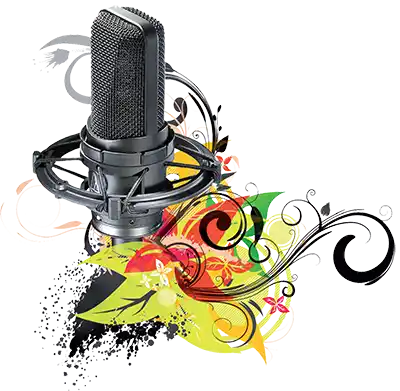
Radio broadcasting has been a faithful companion through the years, evolving and adapting but never losing its magic. On National Radio Day, we celebrate the voices that have filled the airwaves, the stories that have captivated us, and the songs that have become the soundtracks of our lives. Whether you’re a listener, a broadcaster, or someone who has experienced the thrill of being on the air, today is a day to honor the medium that continues to inspire, inform, and entertain us all.
So, here’s to radio—the medium that refuses to fade, the voices that keep us company, and the memories that will always make us smile. Happy National Radio Day
Please Share our Content

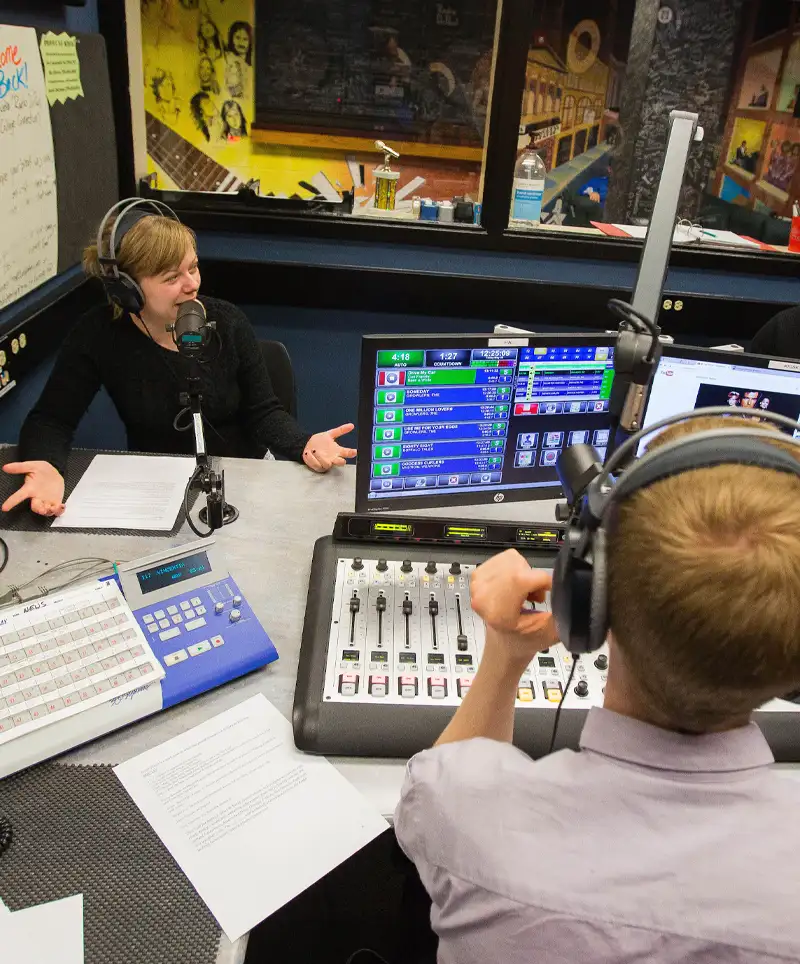




 The Birth of Radio Broadcasting
The Birth of Radio Broadcasting The 1960s and 70s saw the rise of FM radio, offering higher sound quality and the perfect platform for the burgeoning music scene. Radio became the go-to source for discovering new music, with legendary DJs like Wolfman Jack and Casey Kasem guiding listeners through the latest hits. The rise of Top 40 formats, talk radio, and sports broadcasting ensured that radio remained relevant, even as other forms of media emerged.
The 1960s and 70s saw the rise of FM radio, offering higher sound quality and the perfect platform for the burgeoning music scene. Radio became the go-to source for discovering new music, with legendary DJs like Wolfman Jack and Casey Kasem guiding listeners through the latest hits. The rise of Top 40 formats, talk radio, and sports broadcasting ensured that radio remained relevant, even as other forms of media emerged.










 "Sláinte!" is a traditional Irish expression used as a toast, equivalent to "Cheers!" in English.
"Sláinte!" is a traditional Irish expression used as a toast, equivalent to "Cheers!" in English.